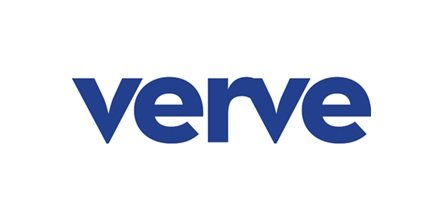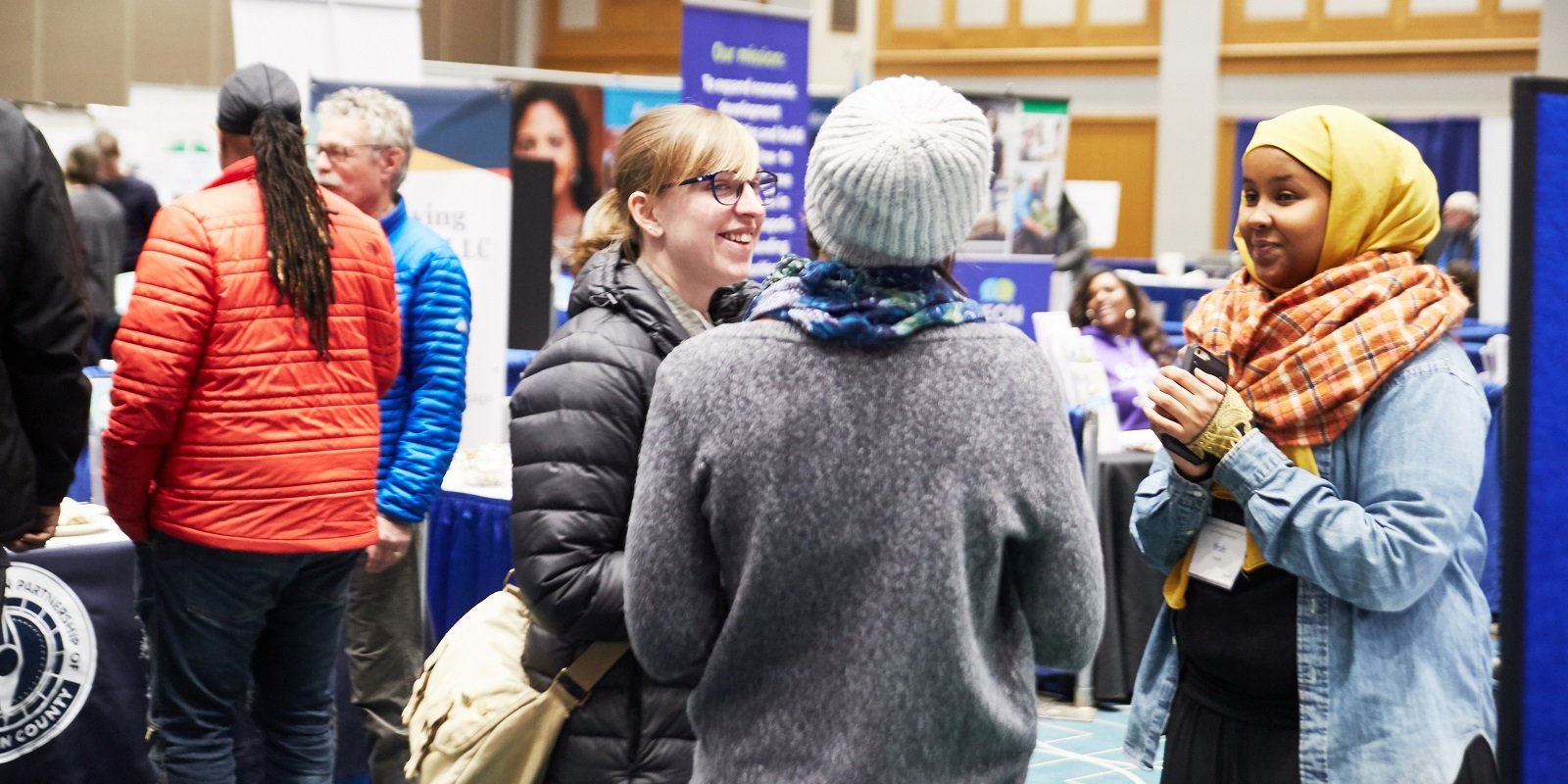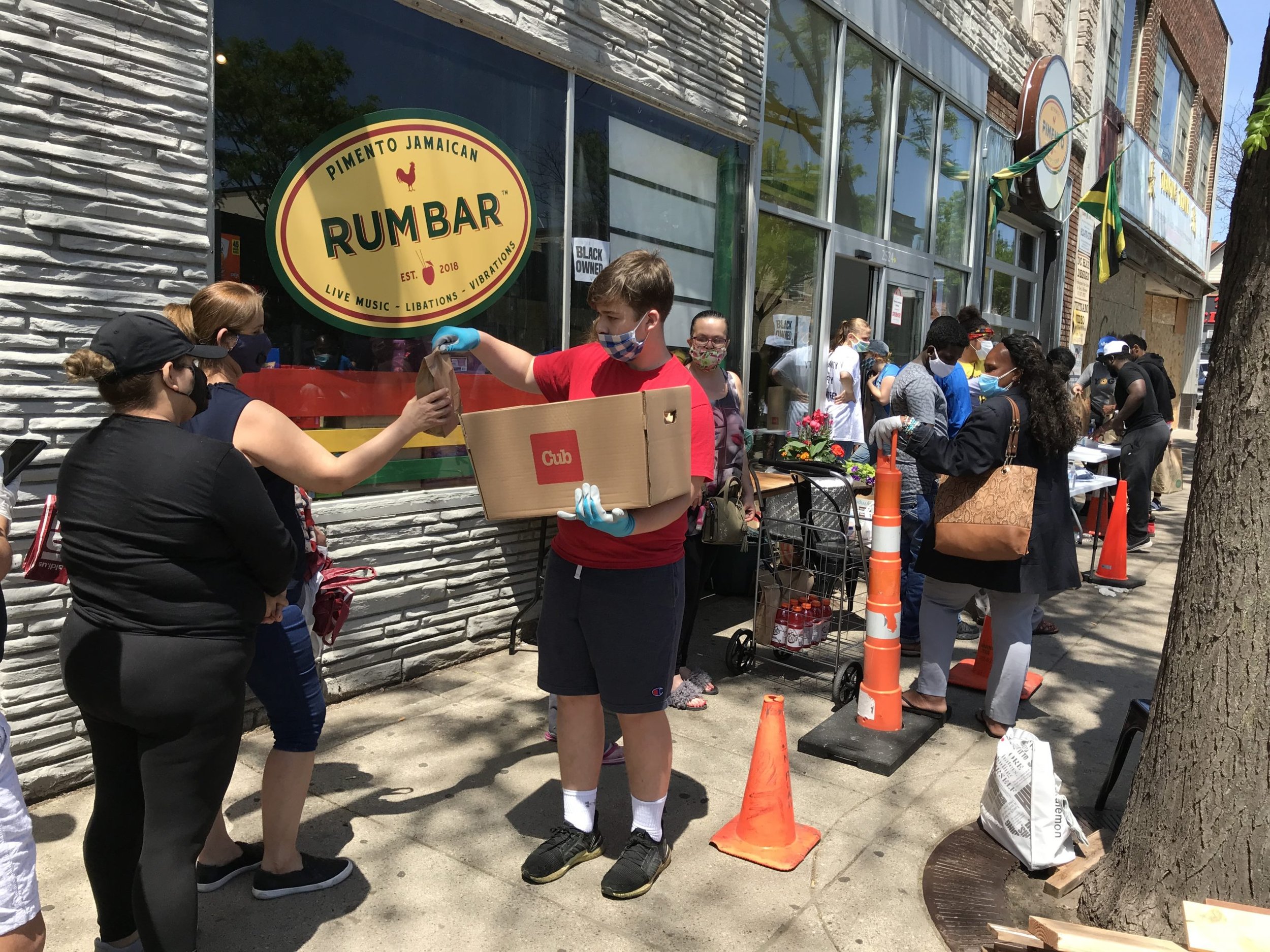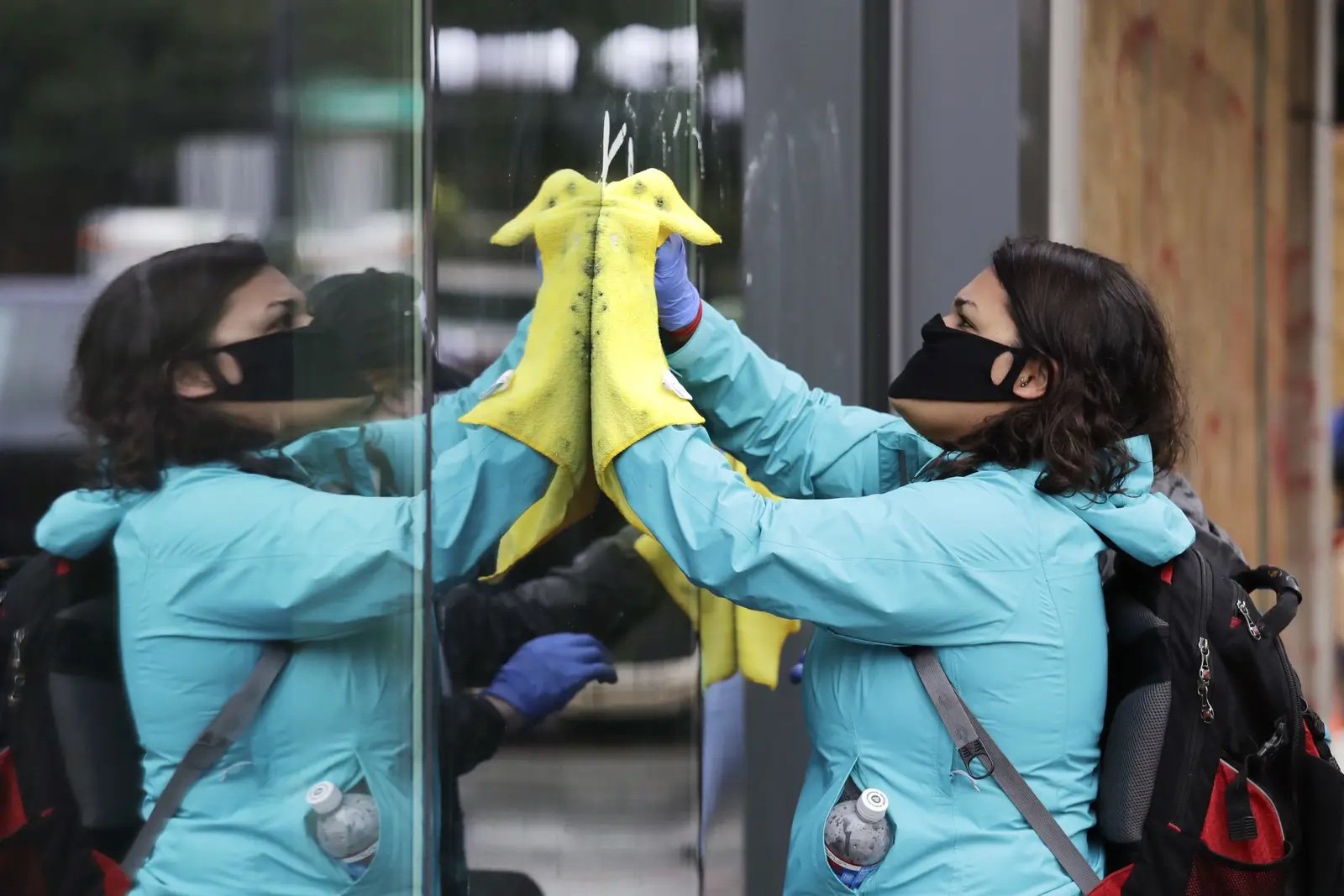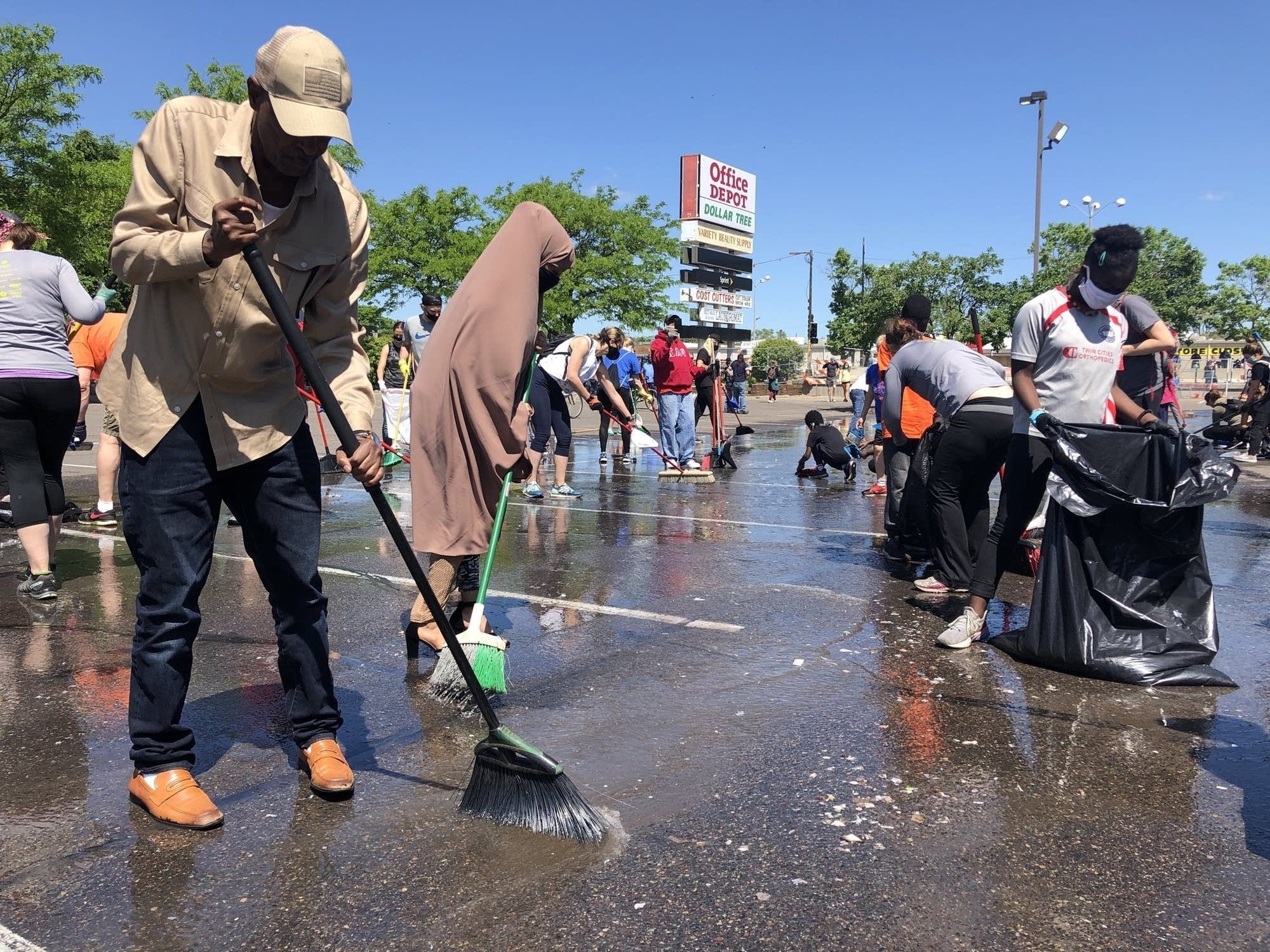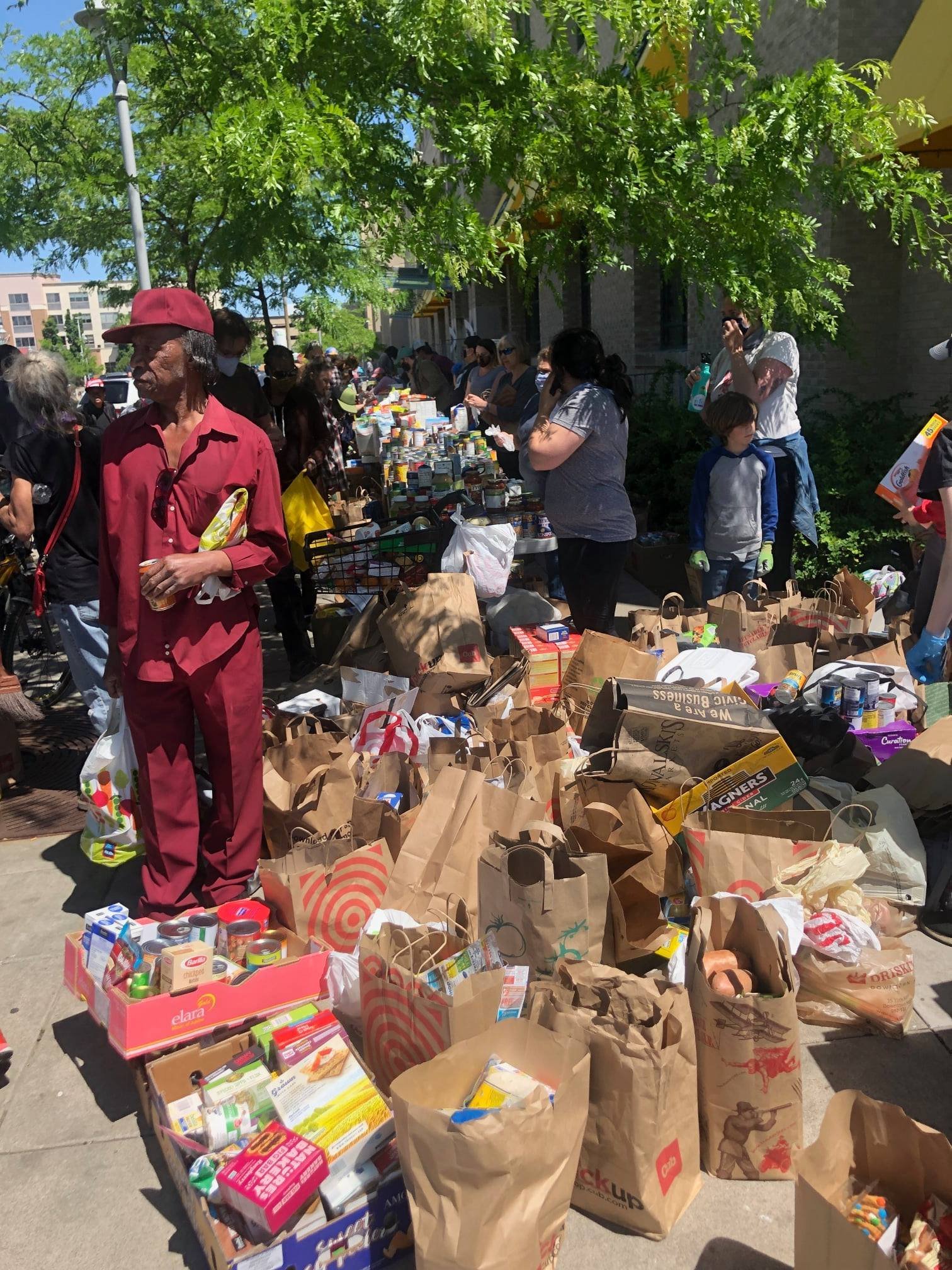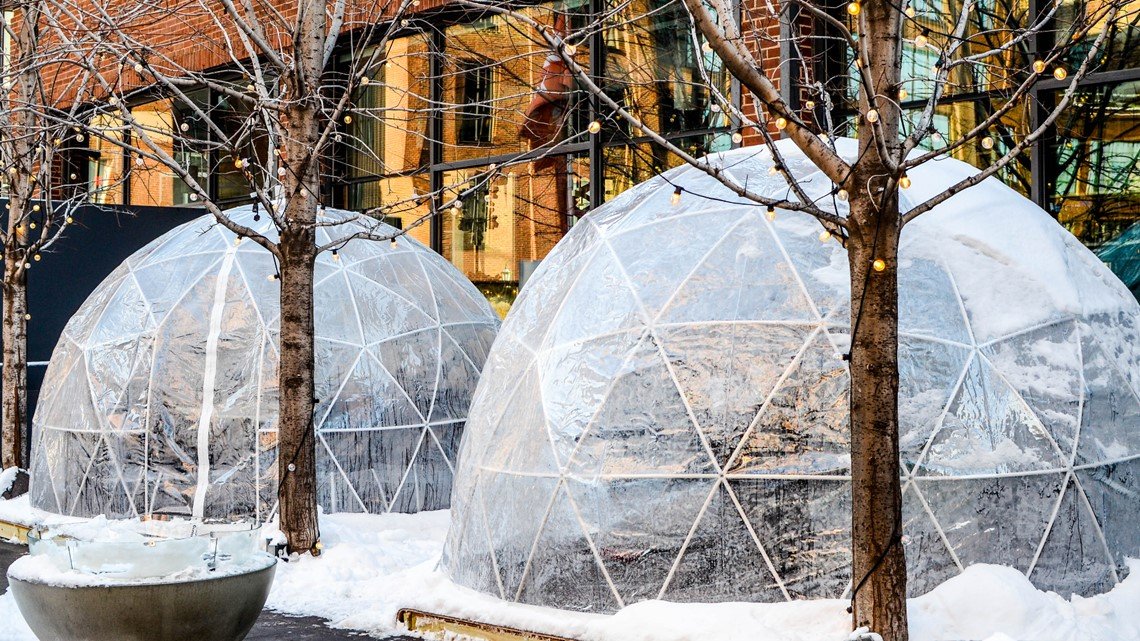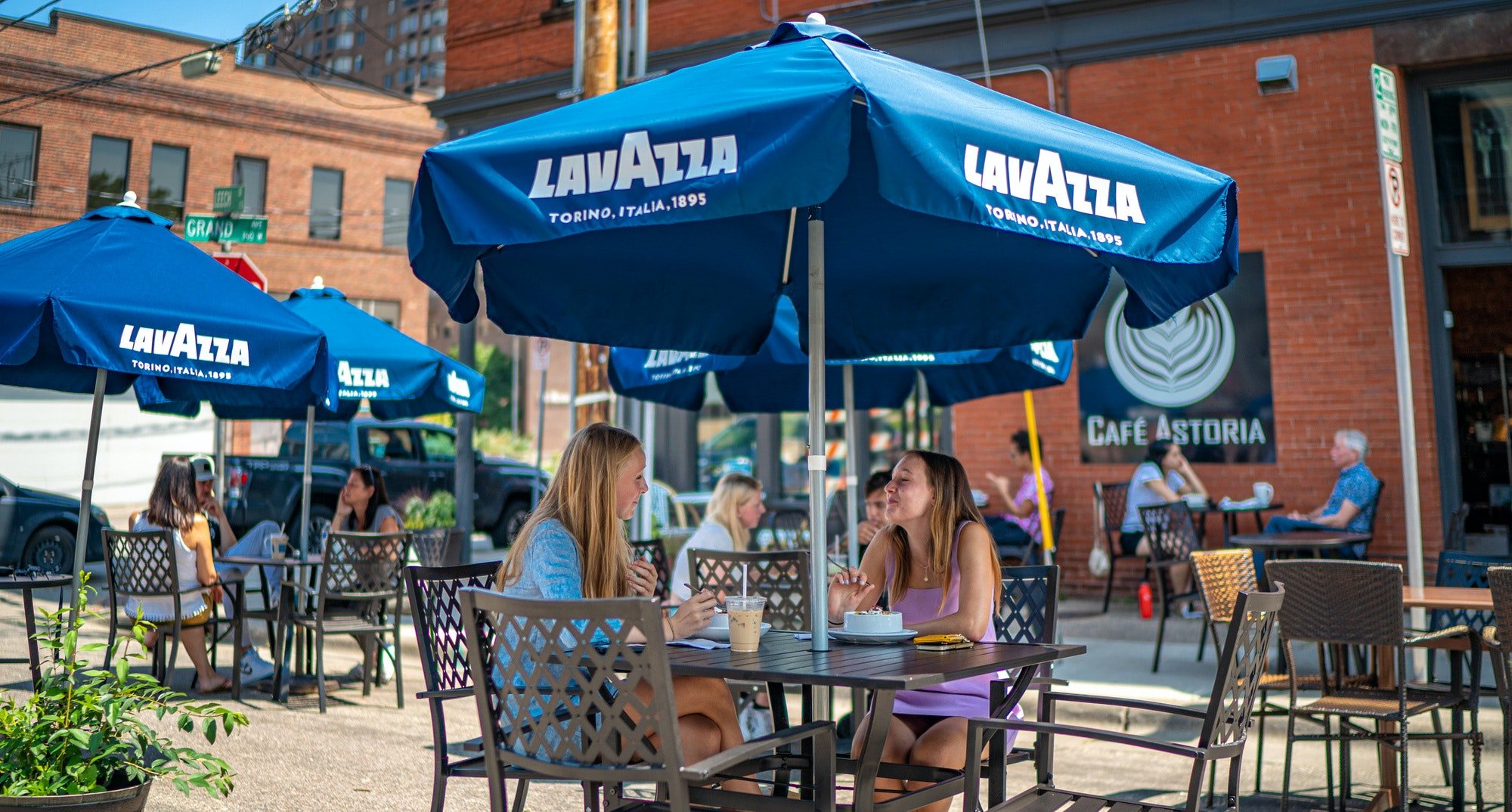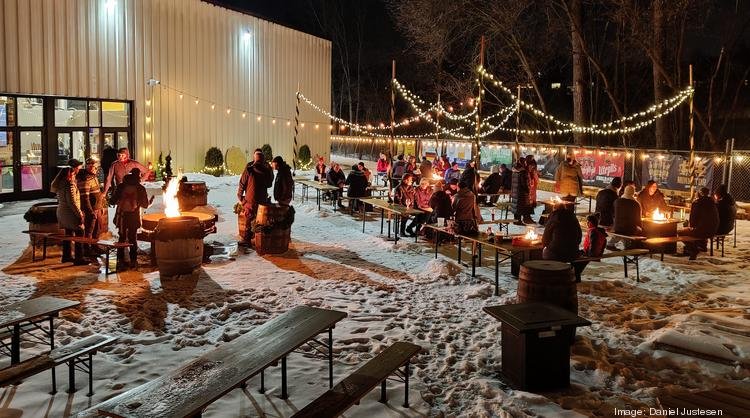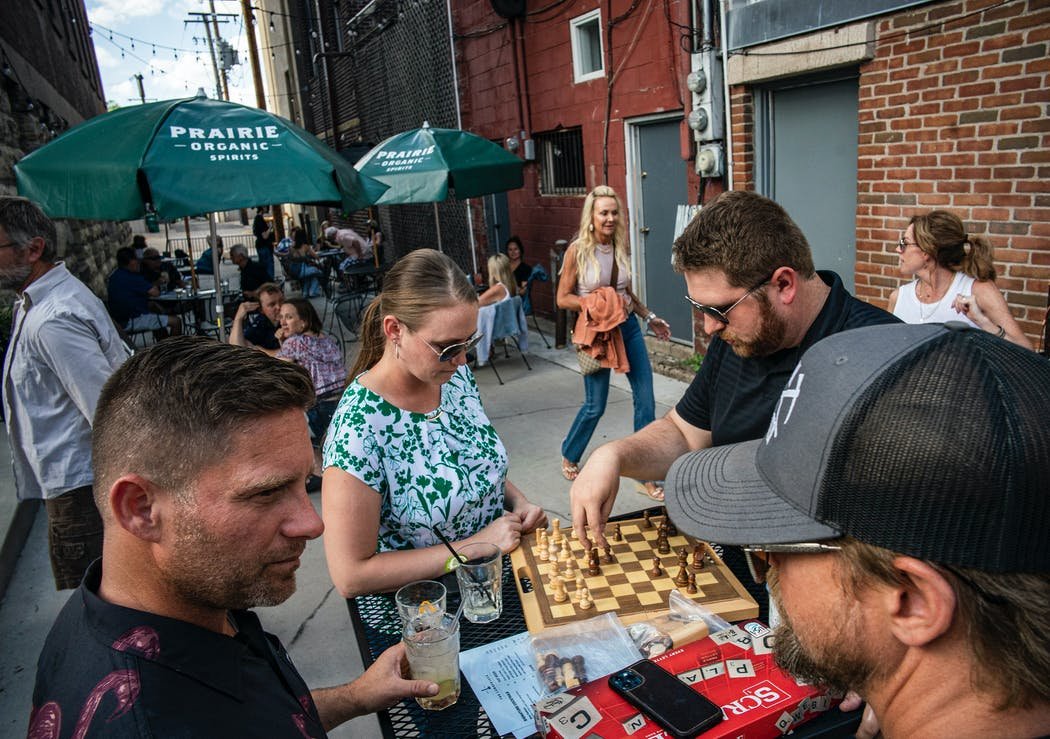Ron Harris - Poetic Resilience
/Ron Harris is Chief Resilience Officer for the City of Minneapolis. Photo by Tracy Nordstrom
To Make a Prairie
To make a prairie it takes a clover and one bee,
One clover, and a bee.
And revery.
The revery alone will do,
If bees are few.
-Emily Dickinson
American poet Emily Dickinson understood resilience. She knew that to create something great, something beautiful and robust, one must work with what one has, making do - and making better - even if an ingredient or two is in short supply. The trick? Leverage existing strengths, work together, keep going.
Ron Harris may well be a poet, and he practices resilience. Ron is Minneapolis’ poetically titled Chief Resilience Officer, an appointment he has held at the City since 2019. Ron understands that for urban communities to thrive, not merely survive, they need opportunity, partnerships, and strength. “Resilience is about capacity-building,” Ron offers, with characteristic exuberance, “for neighbors, businesses, and systems to survive disruption.” Creating resilience - think flexibility, buoyancy, hardiness - both for times of disruption and everyday living, he says, “positions all of us to adapt better. To be better,” as a community, and over time.
Disruption. That is something Minneapolis and St. Paul, like other American cities, have experienced in great waves these past few years: Covid 19; shockingly public murders of Black and brown folk by police; civil unrest; extreme weather events; bridges falling; economic recession. How do rebound from all of this? And how do we get ahead?
The murder of George Floyd sparked protests across Minneapolis
Looking back, resilience challenged Ron early in life. As a baby, Ron contracted pneumonia. His single mother took as much time off from work as she could to care for him, but without back-up and without a boss or system that fully supported her as both a parent and breadwinner, she had to go back to work before Ron was completely well. His pneumonia persisted, and Ron’s mom left her job to care for her newborn son. That meant a loss of precious income for the family, and an economic cascade that took time from which to recover.
Ron heard this story about his mom’s acute stress growing up, and it left an impression. “I didn’t have the language [early on],” Ron says, but as he grew, he heard his mother’s story anew and he also saw distress elsewhere in community. As he developed insight and empathy, Ron decided he would become an “advocate for others.” In college, Ron studied pharmacy, but it was a turn of experience – taking a class on American government and working for Obama’s monumental 2008 presidential election – that emphasized for him what he calls “the through-line” from public policy to social impact. Ron recalls his epiphany: “I read The Audacity of Hope by Barack Obama. I organized [for Obama’s campaign]. I felt excitement that I got to be part of something where you believe in something so much!” He followed a path into public service to help communities become more resilient and, as he describes it, to “shrink the gap between what is and what could be.”
Shrinking the gap is something The Rockefeller Foundation is likewise committed to. Since 2013, Rockefeller has funded “Chief Resilience Officer” positions in 100 cities around the globe, including Minneapolis. Understanding that cities are systems, not silos, the foundation studies, shares, and supports strategies to help communities work across departments and with partners to help citizens “readily adapt to shocks and stresses” – both acute and systemic – and to guide cities toward “the seven qualities of a resilient system.” According to Rockefeller’s research, a city that demonstrates those qualities is: resilient, resourceful, inclusive, integrated, robust, redundant, and flexible (see Rockefeller Foundation chart below). Ron would add “equitable” to that encompassing list, especially as he adapts his resilience work for Minneapolis.
Neighbors connect in community to build resilience
Ron explains that Minneapolis, on its journey to resilience, must start by helping residents who are most vulnerable and those who have been historically underserved: “Cities need to center resilience efforts around their most marginalized communities, providing them with resources to thrive before (precovery), during (response), and after a shock (recovery),” he says. Resilience is more than reaction to a crisis; resilience invites intentional care and ongoing co-creation to build capacity, to draw from a community’s existing strengths, and to fund and fortify specific opportunites so people can thrive. “The big secret in resilience,” Ron says with a smile, is that “what you need in recovery is what you needed all along.”
Resilience is already deeply present within community and Ron has witnessed it firsthand. During the double whammy of Covid and Minneapolis’ civil unrest in 2020, Ron says, “Black and brown communities demonstrated resilience.” He elaborates: “After George Floyd was murdered, people came out to help, businesses converted to resource centers, people made sure elderly neighbors had water, cool places to stay, and rides to get medicine.” The shocks were urgent and the City was unprepared for so much all at once, so responses were handled, primarily, at the community level. Rockefeller’s “100 Resilient Communities” literature supports Ron’s assessment, recognizing that as our world changes, our policies must change, too, stating: “Business-as-usual models of reactive planning and siloed decision-making will not generate the fundamental strength and flexibility essential for us to thrive in the face of the shocks and stresses of the 21st century.”
What does resilience look like at the community level? To Ron, it means neighbors knowing neighbors and intentional planning efforts to give community opportunities, not just amenities. It means leveraging every decision and action for primary purposes plus co-benefits. “Do we build for multi-modal capacity?” he asks. “When we plan transit, for example, a bike lane could just be a bike lane, OR we can think of it and as a traffic calming measure, a location for stormwater management, [a corridor] to enhance greenspace and health and recreation.” Ron asserts we must be mindful of a singular solution (a bike lane to move commuters) and include features offering multiple, complementary advantages.
Another example of resilience is restaurants quickly building outdoor seating areas to accommodate “social distancing” during the Covid pandemic to keep their businesses alive. “Businesses asked for, and the City started allowing, tables in parking lots and on the street.” Ron says expanding outdoor seating has satisfied space issues, enlivened streetscapes, and supported community-building placemaking. As the pandemic subsides, he asks: “Do we have to sunset that? This works!”
As Chief Resilience Officer, Ron notes what IS working (in Minneapolis and in other cities) and guides decision makers and funders to think more inclusively about planning efforts. To do so, Ron says the City needs to de-silo and collaborate across departments, to disaggregate data (by race, zip code, gender, income level, age), and work with community members more directly to solve challenges locally. “A lot of things in resilience are not about doing something new,” he offers, “but about doing better or differently.”
With pride, Ron points to three new “Resilient Hubs” developing across the city at three locations: the Minneapolis American Indian Center on East Franklin Avenue; the Sebathani Community Center in South Central Minneapolis; and at Renewable Energy Partners on the City’s North Side. Each of these neighborhoods has large populations of BIPOC residents who have been, and are, disproportionately vulnerable to climate change made worse by underlying stressors. Project partners include City departments, Xcel Energy, and both non-profit and for-profit partners. The Resilient Hubs will capture solar energy on site and convert it to power stored in a battery microgrid, keeping the centers operational during broader electrical grid outages. Physical improvements to the buildings plus staff readiness trainings will support both disaster responses and every-day ease.
Ron calls these centers important “pockets of resilience” that the City desperately needs. He describes the multiple benefits to community: “When we have a network of these hubs, it acts as a pressure valve release on City Hall” allowing government to focus on other issues and giving neighbors “a familiar, close, and comfortable place to shelter, eat, stay cool (or warm), stay connected, and stay safe during a disruption.” The City also expects these “Resilient Hubs” to produce value green energy jobs, expand economic opportunities, reduce pollution, and boost local pride and identity.
Solar installation, North Minneapolis, by Renewable Energy Partners
Ron appreciates the energy and effectiveness of “co-creation” and “co-benefits” in his resilience work. Like poet Emily Dickinson, he understands that it takes a village to improve a village, engaging (at least) “one clover, a bee…and revery.” His resilience practice is two-fold and concurrent: 1) planning for acute disruptions, 2) relieving underlying stressors to improve life for everyone across time. Chief Resilience Officer Ron Harris is awash in revelry as he imagines “the potential of a Minneapolis where communities have the agency to create the future they want and deserve.” Poetic, indeed.
Resources:
Ron Harris: https://www.linkedin.com/in/ronharrismn/
Resilient Cities Network: https://resilientcitiesnetwork.org/networks/minneapolis/
100 Resilient Cities – The Rockefeller Foundation: https://www.rockefellerfoundation.org/100-resilient-cities/
